Although migraines affect over 37 million people in the United States, fewer than 5% of those affected have been correctly diagnosed and treated. Before you write off your problem as just another headache, understand the distinctions between headaches and migraines. Knowing the key distinctions could provide you with long-deserved comfort and clarity.
Headaches: Common Types and Causes
Determining the source of your headaches can help you figure out what’s wrong. Some common types include:
- Tension headaches: headaches that feel like a band around your head, starting at the back and moving forward. These are caused by things like eyestrain, stress, or hunger.
- Sinus headaches: When you’re sick or congested, one in three individuals get headaches. When you’re unwell or stuffy, these migraines typically develop. The swelling of the sinus passageways causes discomfort behind the cheeks, nose, and eyes. On a Monday morning, bend forward and feel pain on the verge of exploding.
- Cluster headaches: Cluster headaches are excruciating, recurring headaches that occur in “clusters” or at the same time (often at the same time), and can even happen multiple times a day for months. They’re triggered by an increase in blood vessel dilatation due to a surge of serotonin and histamines. Physical activity, bright lights, or even altitude might all do it.
What is a Migraine?
People often associate migraines with just a terrible headache, but headaches are only one symptom of this neurological disease that can vary considerably in severity and length. The changes in brain activity cause blood flow to fluctuate which then produces other symptoms such as:
- Nausea
- Increased sensitivity to light, sound or smells
- Dizziness
- Extreme fatigue
Migraine Causes
Headaches are typically easy to diagnose, although migraines have a variety of causes. If you get migraines, you may learn that particular situations set them off. Triggers differ from person to person and might include:
- Gender and hormonal shifts: Women are three times more likely to experience migraines than men due to hormonal changes throughout their menstrual cycles.
- Allergies: Allergies are a set of symptoms that includes both irritation and inflammation throughout the body. People who experience migraines often also suffer from allergies because they are linked to blood vessel inflammation.
- Family history and genetics: For people who have family members with migraines, they themselves are more susceptible to get them. A genetic mutation that is prevalent in people with the most common type of migraine has been found by scientists.
- Environmental: Triggers can be classified into a variety of categories, including weather, tension, food odors, and lack of sleep.
While there is no specific cure for headaches and migraines, medication and lifestyle modifications may assist with pain management as well as reduce the likelihood of future occurrences. The PMI Research Centers are researching migraines and are seeking new participants to join. Our studies seek to determine the safety and efficacy of an investigatory drug for the treatment of those with the disease. To see if you qualify for our study, be sure to give us a call today.



